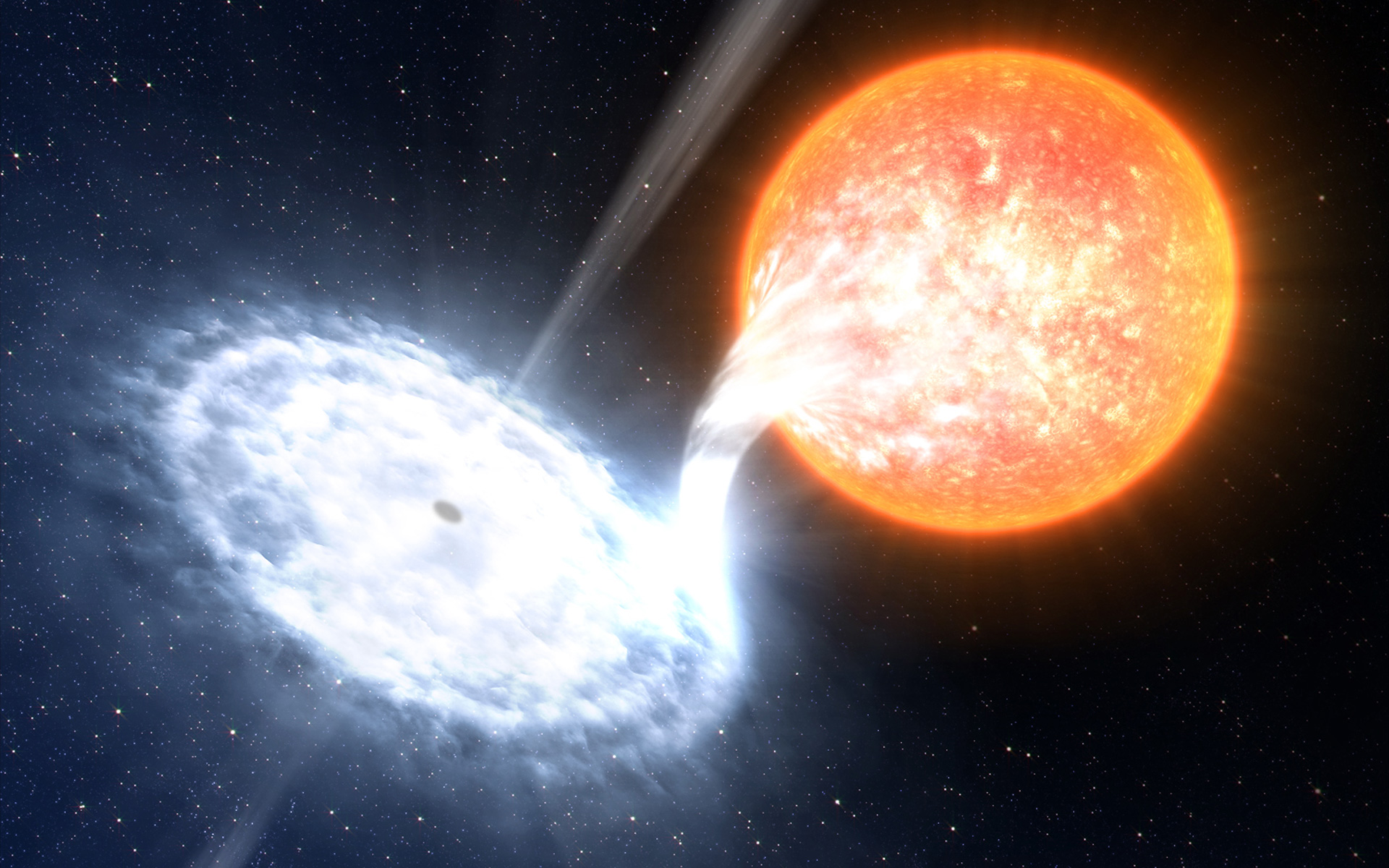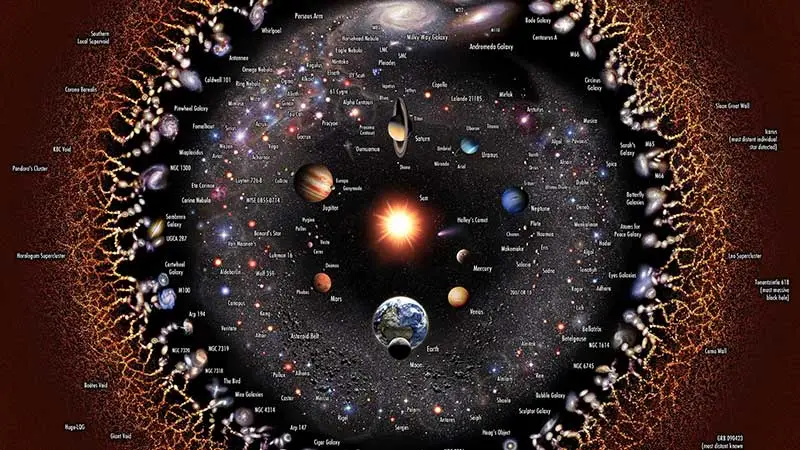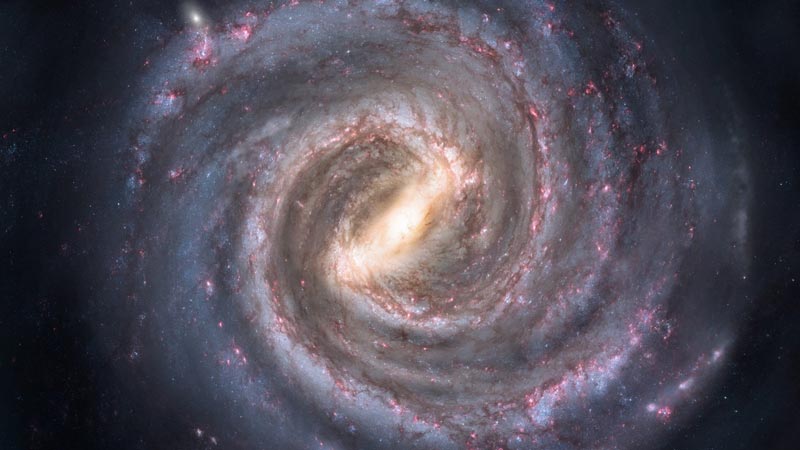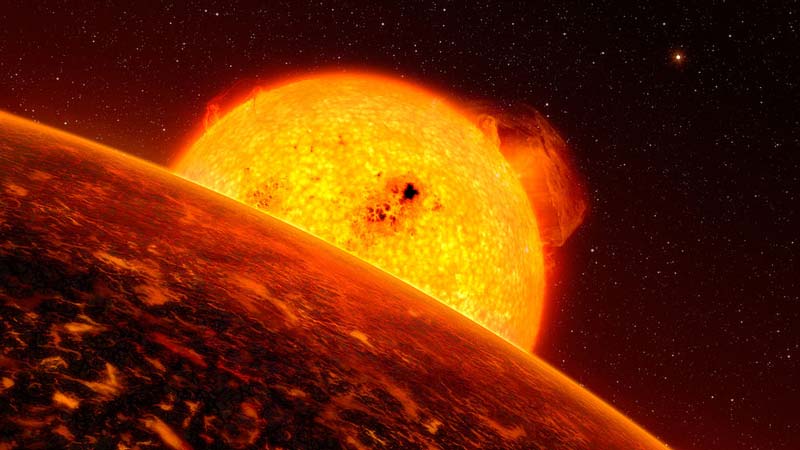
NASA Solar System Ambassador,
Astronomical League Master of Outreach,
Cruise ship speaker on Astronomy & space science,
Amateur astronomer and photographer for 50 years
Most people who read this article will know that a black hole is the result of a supernova explosion or perhaps the merger of two neutron stars. They will know its gravity is so strong, not even light can escape. But here are a few things you might not know about black holes.
- According to black hole astrophysicist Janna Levin, black holes may be dark on the outside but they are likely bright on the inside. Remember, light can get in, it just can’t get out.
- Some physicists believe that black holes are much bigger on the inside than they are on the outside. This sounds counter-intuitive, but our theories of space-time allow for this.
- In 2020, astrophysicists theorized SLABs: Stupendously Large Black Holes. A SLAB would have a mass of over 1 trillion Suns. That would be ten times bigger than the biggest known black hole.

- For years we have known about the supermassive black holes (105 – 1010 solar masses) at the center of most galaxies, and about Stellar black holes (4-10 solar masses) that result from a Supernova or neutron star merger.
But there was debate about the existence of so-called Intermediate Mass Black Holes (IMBHs). That question was settled in 2020 when the first intermediate sized black hole discovered. HLX-1 was confirmed by Hubble and other telescopes to have a mass of about 50,000 Suns. - Biggest black hole collision ever detected was found last year. The Laser Interferometer Gravitational Wave Observatory (LIGO) discovered a new IMBH created from the merger of a black holes with a mass of 85 times and 66 times the Sun.
The resulting black hole weighed in at 142x the mass of our Sun. That means about 8 Sun’s worth of mass was converted into gamma and gravitational waves. That’s a lot of energy!

- All black holes are all going to evaporate due to Hawking Radiation. It may take 2x 10100 years though, so don’t hold your breath. See my detailed article on this phenomena https://astronomhub.com/2020/the-disappearing-black-hole/
- Astrophysicists believe that with a supermassive black hole, you could actually survive crossing the event horizon. It’s got to do with the much flatter curvature of the sphere. With a wide enough surface, your inevitable demise would be delayed until you were further inside the black hole. You could never escape, and would not survive long, but because you are far enough from the singularity you would survive a short while before being spaghettified.
- One of the biggest debates about black holes is whether information that falls into a black hole survives. This is called the Information Loss Paradox.
- It takes our Sun 230 million years to complete an orbit in the Milky Way. We know there is a supermassive black hole at the center called Sagittarius A*. Therefore, you are currently in orbit around a black hole.

- (Bonus fact!) There are only 3 things knowable about a black hole: its mass, spin, and electric charge.
So how many did you know? One of the awesome things about astronomy is new discoveries are being made all the time. I wonder what we’ll be able to say next year?
References
- Cover Image: Artist’s impression of the black holes studied by the astronomers. Credit: ESO/L. Calçada – http://www.eso.org/public/images/eso0836a/ (This file is licensed under the Creative Commons Attribution 4.0 International license.)
- A stellar black hole. Credit: ESO/L. Calçada/M.Kornmesser. http://www.eso.org/public/images/eso1028a/ (This file is licensed under the Creative Commons Attribution 4.0 International license.)
- LIGO measurement of gravitational waves. Credit: Abbott et al. http://journals.aps.org/prl/abstract/10.1103/PhysRevLett.116.061102. (This file is licensed under the Creative Commons Attribution 3.0 Unported license.)
- Artist Impression of Sagittarius A* black hole At the center of the Milky Way Galaxy Credit: ESO. http://www.eso.org/public/archives/images/screen/eso0841b.jpg – (This file is licensed under the Creative Commons Attribution 3.0 Unported license.)





